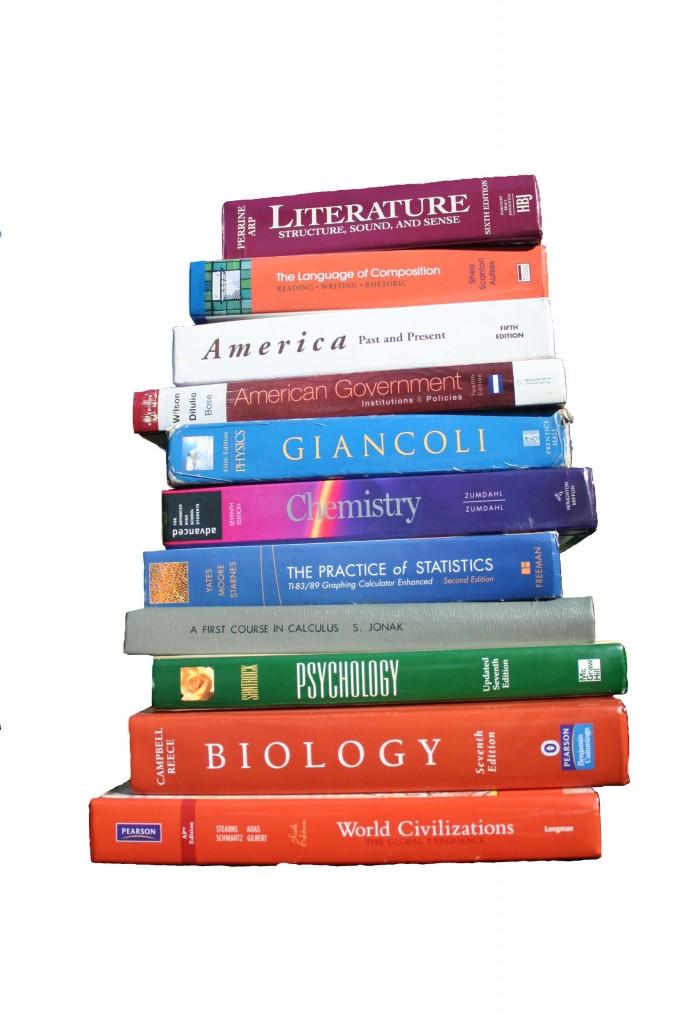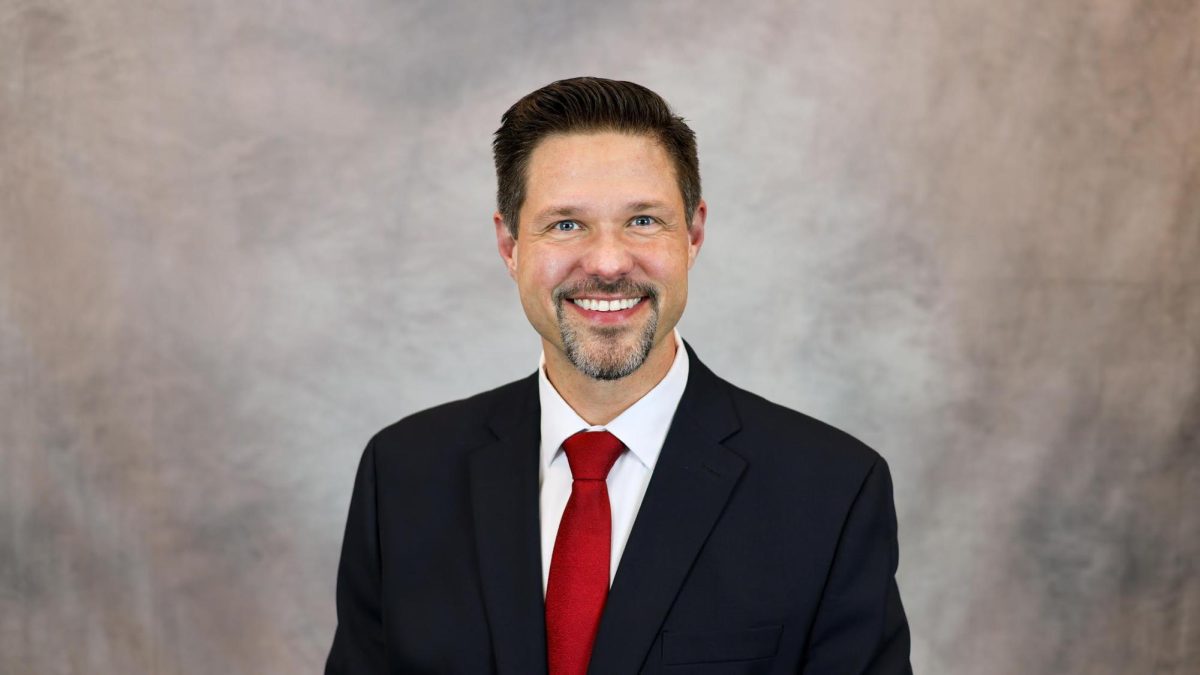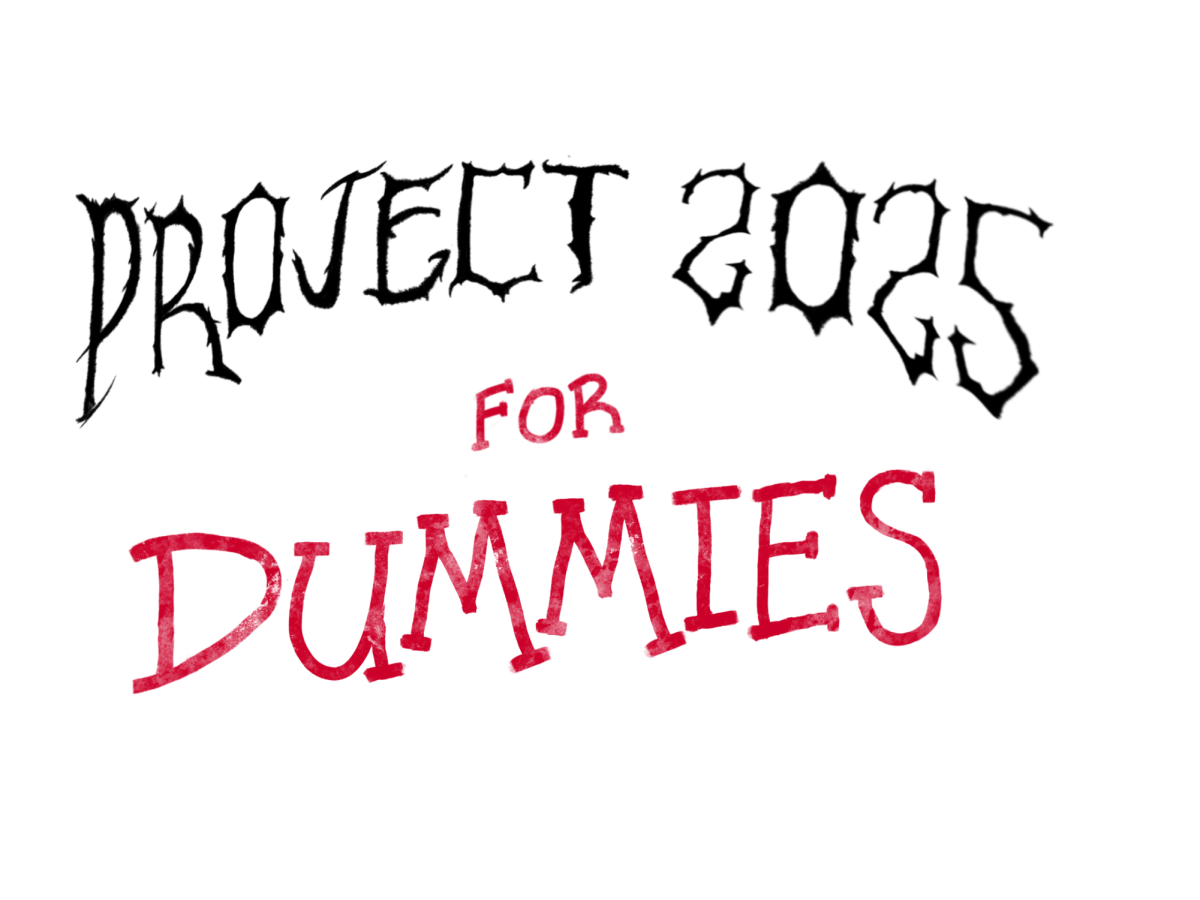Instead of turning to the television for relief from the stress of each school day, Michael Rath, junior, unzips his backpack as soon as he returns home. With four AP classes, he spends about four hours each night hitting the books instead of the couch.
Rath is just one student among millions who choose to exchange free time for the opportunity to participate in a college-level course. According to The New York Times, the number of AP exams taken by American high school students has almost tripled within the last decade, from 1.2 million in 2000 to 3.1 million in 2010.
Boasting 16 AP courses and 13 honors classes, this nation-wide trend also continues to grow within the halls of KHS. At least 600 students took AP exams this May, and Kirkwood was one of six districts in Missouri to receive the AP Equity and Excellence District Honor Roll Award. Recipients are recognized for opening their AP classroom doors to a significantly broader pool of students while maintaining or improving the percentage of students earning scores of three or higher on their exams.
Abby Peterson, college and career counselor, believes students are taking ambitious schedules to familiarize themselves with the pace of a college class.
“I would hope students are attracted to AP classes for the challenge,” Peterson said. “The more AP classes a student takes, the more prepared they will be for the speed of a college course. It gives kids a chance to experience all of the college work, discussion and writing expectations.”
Tim Harig, AP history teacher, believes parents heavily influence a student’s choice to take AP courses.
“Before, parents didn’t go to college and there was no assumption their kids would go either,” Harig said. “After parents started going to college, the incentive dripped down to the high school level. Now, instead of just preparing their kids to go to college, they are encouraging them to get college credit in high school.”
Although Rath enjoys the challenge and the environment his AP classes provide, he said he does not have a lot of time for leisure.
“I don’t get much sleep, and my TV watching schedule takes a hit,” Rath said. “I also have to use my IP for productive things, which isn’t too fun.”
To accommodate the swelling number of students taking AP classes, the College Board plans on making changes to the curricula of various courses.
“The courses are changing to focus more on depth rather than breadth of curriculum,” Carolyn Blair, College Board associate, said. “There was too much content and not enough depth in many subjects.”
AP World History, foreign language and science classes have already undergone these changes, and according to Blair, they will be followed by many others. Teachers will also be required to submit their syllabi to the College Board for approval before the school can designate a course as an Advanced Placement class.
Despite the increase in AP enrollment, the proportion of exams earning low scores of one or two rose to 42.5 percent in 2010, up from 36.4 percent in 2000, according to the National Assessment of Educational Progress (NAEP).
“Part of this is just the sheer numbers,” Blair said. “The more people you have testing, the more likely it will be that the scores will be lower. I would like to think that schools are exposing more students to a rigorous curriculum regardless of potential score outcomes.”
Contrary to national AP score deflation, KHS students continue to score well on exams, according to Peterson.
“Our AP program competes with the top schools in the area,” Peterson said. “We also have some of the best teachers right here at KHS. Students have an awesome opportunity to learn from the brightest, most creative people in the state.”









